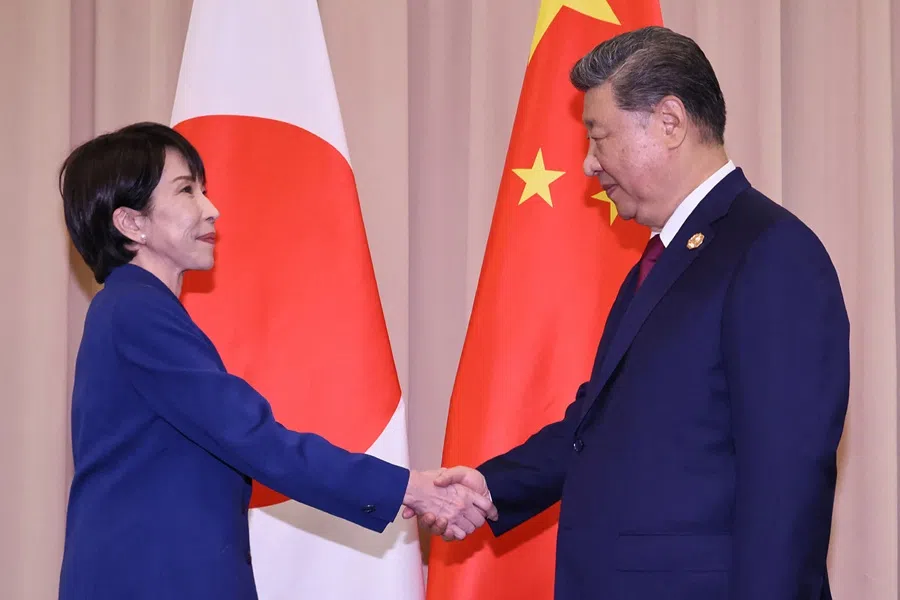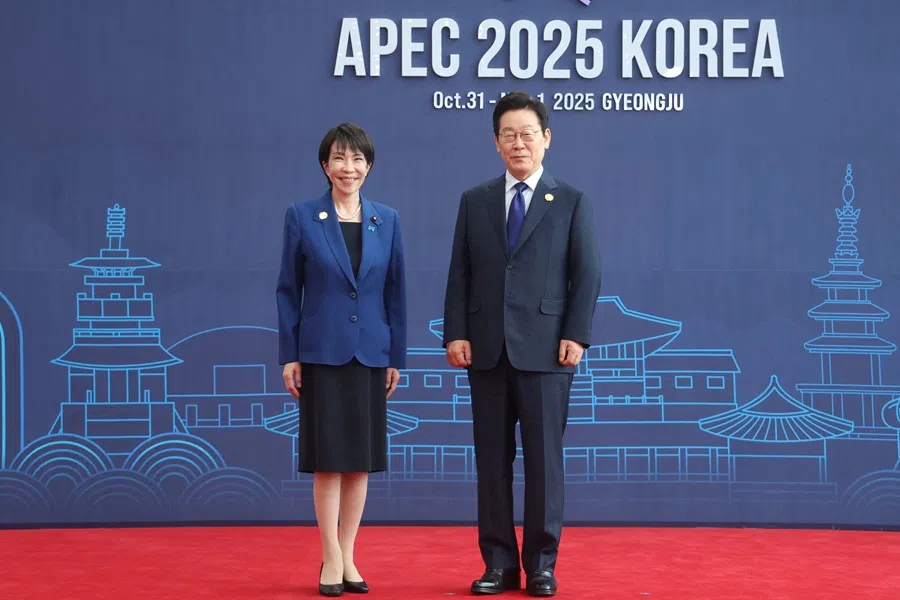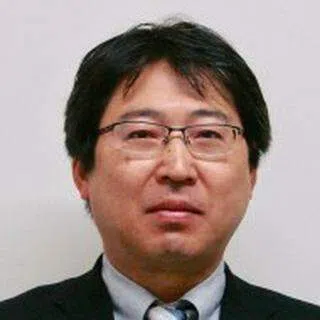How Sanae Takaichi mastered the politics of popularity
In her first month, Japanese Prime Minister Sanae Takaichi has gained popularity both at home and abroad, balancing conservative and middle class support. Academic Shin Kawashima explores how her diplomacy, Abe’s legacy, and policy choices drove her approval rating to 80%.

Japan’s first female prime minister, Sanae Takaichi, has drawn widespread attention as she undertakes a series of high-profile diplomatic engagements, earning praise at home and abroad. Yet as her foreign policy — shaped by her distinct political philosophy — begins to take form, it has also sparked unease among some observers. Even so, this policy recalibration is a necessary step for her new administration as it works to secure a governing majority while preserving support from its conservative base.
She appears to have solidified her status as the successor to former Prime Minister Shinzo Abe in the eyes of US President Donald Trump, who values personal trust.
Clear identity as Abe’s successor
First, the Japan–US summit on 28 October 2025. She appears to have solidified her status as the successor to former Prime Minister Shinzo Abe in the eyes of US President Donald Trump, who values personal trust. Her performance at the summit received widespread coverage at home and abroad, further highlighting the strong Japan–US relationship. In response to US pressure to increase defence spending, Japan defused tensions by bringing forward its target of allocating 2% of GDP to defence from fiscal 2027 to fiscal 2025.
Second, her diplomacy at the APEC summit from 31 October to 1 November was particularly noteworthy, highlighted by her meeting with Chinese President Xi Jinping. The two leaders reaffirmed their “mutually beneficial relationship based on common strategic interests” and their commitment to fostering “constructive and stable Japan–China relations”.

Although President Xi showed little warmth during his meeting with Takaichi, the presence of both nations’ flags underscored the formality of the occasion. Despite rising criticism of Takaichi within China, the meeting was likely made possible by her call for improved bilateral relations in her policy speech at the National Diet.
In her meeting with South Korean President Lee Jae-myung, she pledged to preserve the positive momentum built under former Prime Minister Shigeru Ishiba and to continue advancing shuttle diplomacy — regular reciprocal visits by leaders aimed at strengthening trust and facilitating dialogue. The constructive early rapport between Lee, a noted progressive, and Takaichi, often described as a conservative, bodes well for both Japan–South Korea relations and the broader Japan–US–South Korea partnership.
Despite Trump’s planned visit to Japan on 27 to 29 October, Takaichi travelled to Kuala Lumpur on 25 October to meet with ASEAN leaders.
Third was the ASEAN Summit on 26 October. Despite Trump’s planned visit to Japan on 27 to 29 October, Takaichi travelled to Kuala Lumpur on 25 October to meet with ASEAN leaders. Recognising the importance of Japan’s relationship with ASEAN, she placed particular importance on this visit, clearly demonstrating Japan’s commitment to the regional body.

Overall, the new prime minister is off to a smooth start with her diplomacy, making a strong impression both at home and abroad. Her clear identity as the successor to Abe has also likely heightened expectations. Hereafter, Takaichi will be scrutinised for the substance of her policies.
Gaining support from middle class and conservatives
Meanwhile, concerns have been raised about the Takaichi administration’s foreign policy, primarily from China. For instance, China strongly disapproved of her meeting with Lin Hsin-yi, former vice-premier of Taiwan’s Executive Yuan, at the APEC summit.
China’s dissatisfaction strengthened conservative voters’ support...
However, many Japanese prime ministers have met with Taiwanese representatives in the past — a well-established precedent. Furthermore, from Takaichi’s perspective, it was necessary not only to continue her predecessor’s policies, but also to take a more proactive approach to diplomacy.
One example of this would be demonstrating a strong stance towards Taiwan. In other words, given that the administration’s internal base was not particularly strong and the ruling party did not hold a majority in both the lower and upper houses, it not only needed to adopt moderate policies to gain the support of the majority middle class, but also to further solidify the support of her own core conservative base.

For these reasons, Takaichi had to adopt a more moderate foreign policy than expected to gain the middle class’s support, while also taking a conservative stance on certain issues to solidify support from her conservative base. The policy mix appears to have been successful.
Conversely, China’s dissatisfaction strengthened conservative voters’ support, and adopting established policies, such as maintaining a mutually beneficial relationship based on common strategic interests, attracted the middle class’s support. Her approval rating reached 80%.





